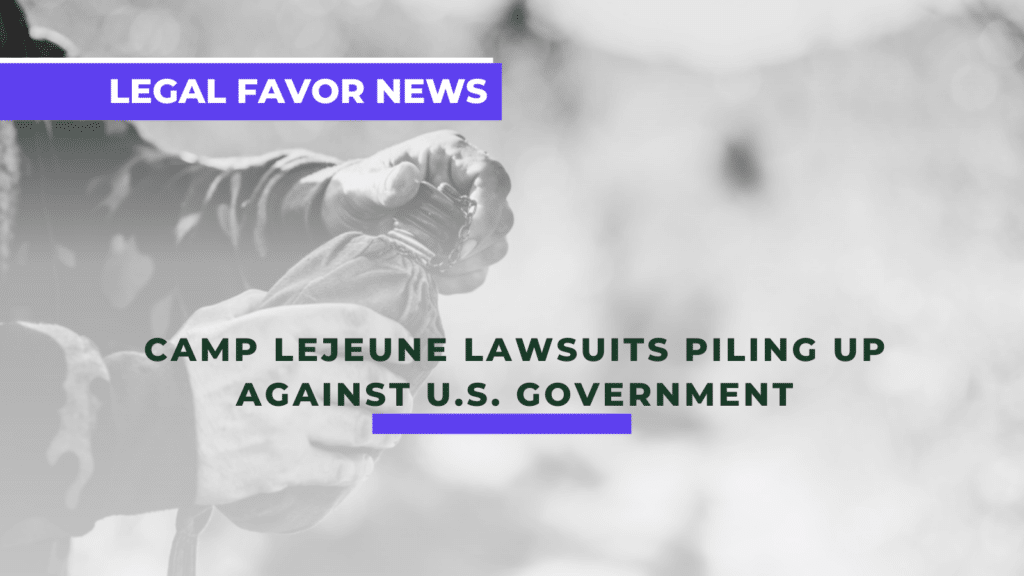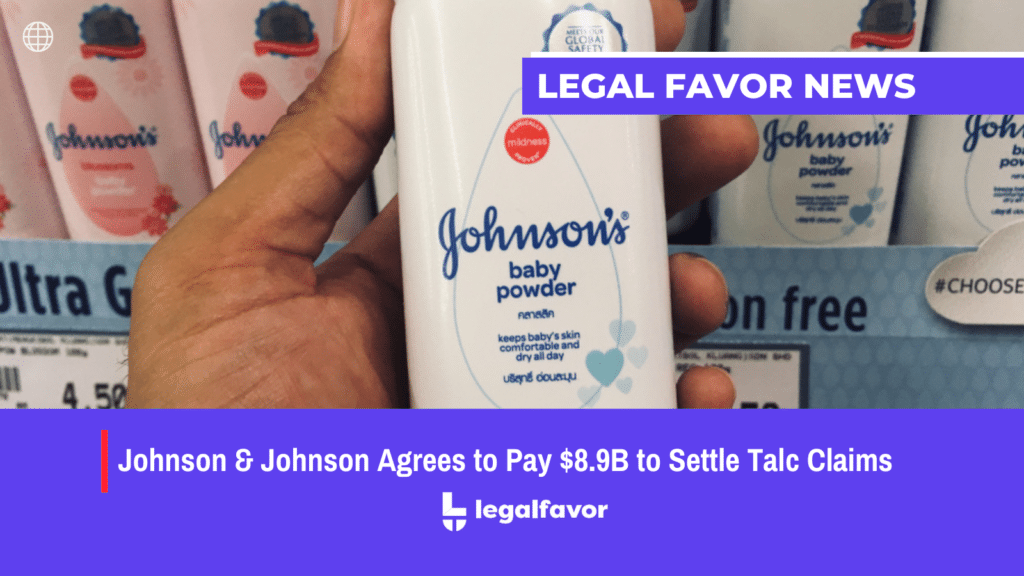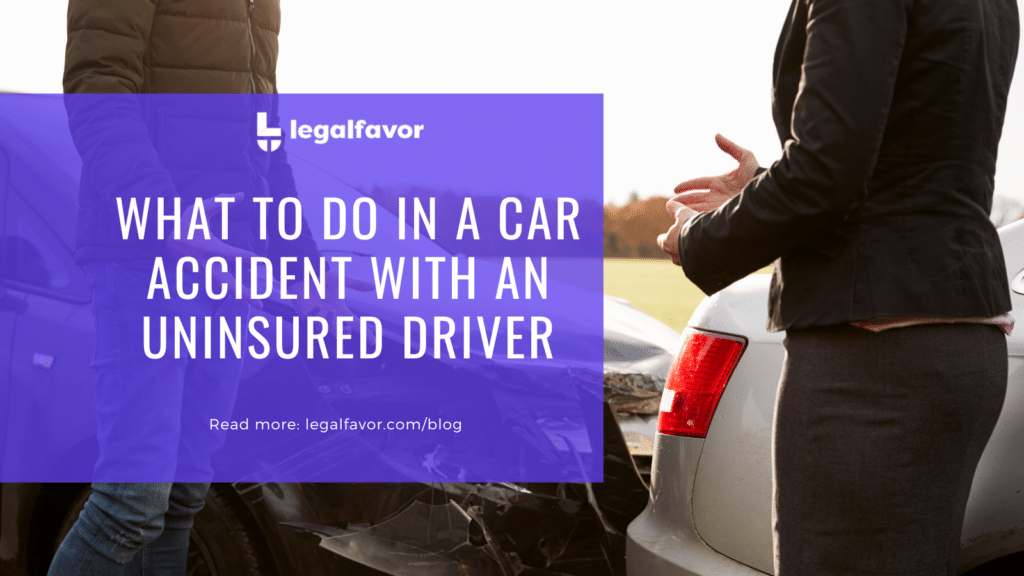According to the United States Department of Justice, Bureau of Justice Statistics, personal injury lawsuits make up 64% of tort cases in America. A considerable proportion of these personal injury lawsuits involve individuals filing claims against another individual or business. Although many personal injury lawsuits are filed in the United States, most of these cases do not reach the court for a trial since settlements are encouraged and reached between the parties. An overview of the following types of personal injury claims, specifically medical malpractice, motor vehicle accidents, and slip and fall cases, are as follows.
Medical Malpractice
Medical malpractice is a legal cause of action available to a patient if a medical professional, generally a doctor, commits a negligent act or inaction that causes adverse harm to the patient. Medical malpractice also applies when a patient suffers from injury and damage caused by a defective product used on them by a medical professional during a medical procedure. However, in these types of situations, the patient would have a cause of action against the manufacturer or distributor of the medical device instead of the medical professional that used the product during the procedure. Of course, this assumes that the medical professional has used the device according to its intended use and appropriately.
According to a study by Johns Hopkins University, medical malpractice is the third leading cause of death in the United States. This is a significant statistic as it indicates that medical malpractice is a common occurrence in the medical field, which is ironically the industry that we rely on to help us treat and heal our ailments.
The most common types of medical malpractice lawsuits involve the following cause of action:
- The doctor has failed or delayed their diagnosis or has misdiagnosed their patient’s condition.
- The doctor has provided the wrong treatment or medicine prescription to treat their patient’s condition.
- The doctor has failed to warn their patient of any prescribed treatment or medication risk.
- The surgeon has committed surgical errors attributable to negligence.
- The ob-gyn has failed to provide proper prenatal or post-natal cases or caused harm to the mother or child during childbirth.
- The medical tools or devices used by medical doctors or surgeons on the patients have either malfunctioned or are defective.
Motor Vehicle Accidents
A car accident can occur in a variety of ways and it’s one of the common types of personal injury claims. Some of these circumstances may be a motor vehicle colliding with another motor vehicle, hitting a pedestrian, or even hitting a structure on the road can be defined as a motor vehicle accident.
Research by the National Highway Traffic Safety Administration (NHTSA) determined that there is an estimated 5.5 million motor vehicle accidents annually in the United States. At the same time, CDC determined that motor vehicle accidents are the second-highest cause of unintentional deaths in the United States. It is estimated that over 12.4 people per 100,000 population. However, not all motor vehicle accidents lead to death, as some of these accidents may cause serious to minor injuries or property damages. Nonetheless, motor vehicle accidents are a serious matter that occurs too frequently to be ignored. More so, car accidents can cause profound implications such as lifelong injuries and costly property damages.
The most common causes of motor vehicle accidents could be split between two general categories: those caused by driver error and those caused by factors other than driver error.
The typical causes of motor vehicle accidents that are caused by the driver or human error include but are not limited to the following:
- The driver was not fully paying attention to the road ahead since they were distracted. Some of these distractions may be caused by common driving occurrences. Some common triggers include, but are not limited to, taking directions from the GPS, conversations with the passengers, or the radio.
- The driver was driving recklessly or dangerously by not following traffic rules. It does not matter if the violation is for minor traffic law. Since every traffic rule is meant to serve a purpose, even a minor infraction could have severe consequences and lead to a motor vehicle accident.
- The driver was driving while drunk or under the influence of a drug. These are serious criminal offenses that are punishable by the law, in addition to the civil lawsuit that the driver’s victims could file against them.
- The driver had a heart attack, panic attack, or other serious medical issues.
- The driver was fatigued that they were so tired, drowsy, or suffering from a headache. These conditions could significantly undermine the driver’s ability to drive safely and effectively.
The other causes of motor vehicle accidents that are not attributed to the driver or human error include but are not limited to the following:
- The weather conditions may have caused the road to be slippery or challenging driving conditions. The weather does not have to be extreme to cause issues or difficult driving conditions. Even modest or mild changes in the weather condition may cause dangerous driving situations.
- Potholes, uneven roads, and debris in the street can all cause motor vehicle accidents as they can pose challenges in the driving condition.
- Poorly maintained road signs or malfunctioning traffic lights could also pose driving challenges and thus cause motor vehicle accidents.
- Defects or malfunctioning car parts could also lead to motor vehicle accidents. Thus, it is essential to maintain one’s car adequately maintained to lessen the possibility of getting into a car accident.
Slip and Fall Accidents
Slip and fall accidents are everyday occurrences since they could happen anywhere at any time. According to the CDC, unintentional falls resulted in more than 40,000 deaths, which is around 12.8 deaths per 100,000 population. Of course, not all slip and fall accidents lead to death, but given the numbers stated above, it can be discerned that these types of incidents occur way too often.
By definition, a slip and fall is a personal injury claim based on the injuries obtained on certain premises. A slip and fall accident occurs when someone slips or trips on the property and has suffered an injury.
The common causes of slip and fall accidents include, but are not limited to the following:
- The walking surfaces are wet, slippery, or uneven.
- The weather conditions have made the walking surface dangerous or hazardous.
- The employer has failed to impose or comply with safety practices in a workplace or provide adequate training to its employees.
- The walking surface is not maintained for tripping hazards and dangers.
- The victim is wearing inappropriate footwear for the walking surface or was not used to walking with the footwear they were wearing.
- There are no handrails, or they were damaged in a slip and fall-prone surface or staircase.
- The premise has poor lighting that, made it difficult for the victim and the property owner to observe the dangerous condition of the walking surface.
Most personal injury lawsuits, including medical malpractice, motor vehicle accidents, and slip and fall accidents, are subject to specific state rules that could affect the validity of a claim, compensation, or defense. It is highly recommended to seek the legal guidance and representation of a reputable personal injury lawyer in the specific state that has jurisdiction over the lawsuit to ensure.
Final Marks: Different Types Of Personal Injury Claims
Personal injury claims are one of the most common reasons people seek the services of a personal injury lawyer. But before you start your lawsuit, it’s important to understand which types of injuries are considered personal injuries and what kinds of cases they fall under. This guide on types of personal injury claims will help you learn more about the different ways you can be injured, as well as which type of case you should seek legal counsel for, in order to receive compensation for your injuries.





